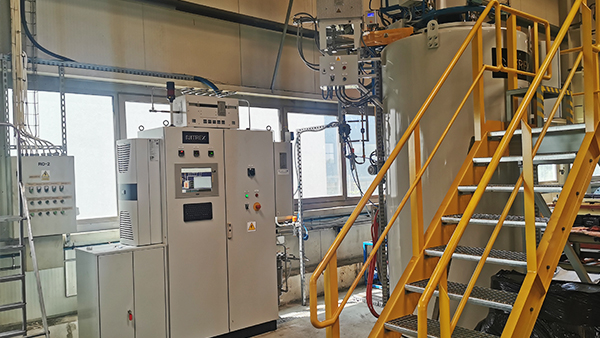Offer
The technology of manufacturing spare parts for steam turbines using the reverse-engineering method
As a result of the project co-financed by European Funds, entitled “Implementation of the technology of manufacturing spare parts for steam turbines using the reverse-engineering method”, posteor ® has implemented a new process of manufacturing spare parts for steam turbines.
The previously using process has been improved and modernized. Introduced changes allow for a shorter manufacturing time, bigger precision of workmanship and greater durability of the elements by increasing the hardness in the nitriding process.
The new technology will reduce the material and energy consumption of the production process by reducing the amount of stellite used and the amount of scraps.
The change concerns the key stages of the process of manufacturing spare parts for steam turbines based on reverse engineering rules i.e. measurements, stellite surfacing and surface preparation for gas nitriding.
The process change is implemented through the use of:
- 3D scanners for checking dimensions during machining on CNC machines.
- Plasma Transferred Arc (PTA) device/technology for the stellite powder surfacing .
- Lasers for cleaning and texturing the surface before nitriding process by applying ablative laser micromachining. As a result of this , the hardness of the nitrided surface is increased.
- 3D scanners for automatic control of the thickness of the padding welds in the process of plasma surfacing with stellite, allowing to reduce the thickness of the stellite layer, while obtaining the required properties of the padding weld.
- 3D scanners for creation of a metric of the reproduced element which contains a comparison of the 3D model with the scan of the element after machining together with dimensional deviations. The metric is a part of the quality documentation provided to the client.
Benefits of the applied changes:
- Production repeatability increase,
- Reduction of element deformation,
- Shortening of duration for particular technological operations,
- Increasing a hardness of nitrided surface,
- Reduction of the energy consumption in the production process,
- Reduction of the material consumption in the production process
The cost reduction and the production cycle shortening means the ability to offer customers the service at competitive prices and its implementation in a shorter time than before.
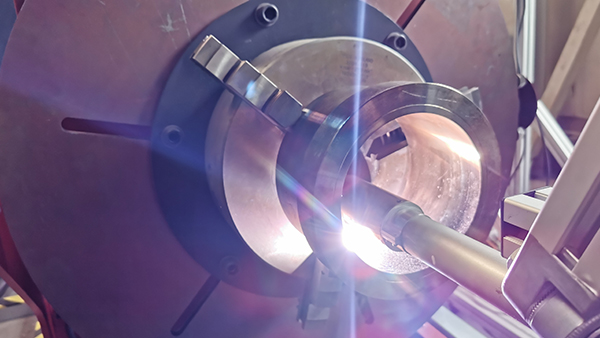
3D scanning
- Preliminary measurement – Scanning the element with an optical 3D scanner with an accuracy of 0.03mm and checking it manually using the conventional method of fitted surfaces.
- Making a parametric 3D model based on a scanned element (STL model), creating technical documentation with a 2D drawings,
- Automatic inter-operational dimensional checking using a 3D scanner,
- Quality control of the manufactured product and creation of a metric which contains a comparison of the 3D model with the scan of the element after machining together with dimensional deviations. The metric as a part of the quality documentation is provided to the client.
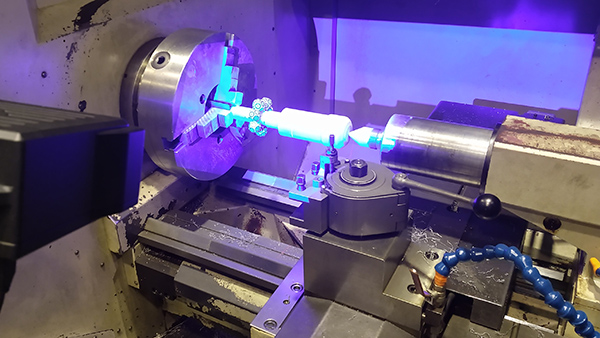
Examination of the chemical composition
- Selection of material based on spectrographic tests of the reconstructed part in case of lack an information resulting from the technical documentation/customer requirements.
- Inter-operational check of the chemical composition of welds – used in a plasma surfacing with stellite powder to obtain thinner stellite layers without losing mechanical properties and the required chemical composition of the weld.
Mechanical processing
- Roughing on a CNC machine with a surface preparation for a plasma surfacing with stellite powder,
- Shaping and final machining on a CNC machine with taking into account the allowance for grinding nitrided surfaces,
- Automatic inter-operational dimensional check with a 3D scanner
Plasma Transferred Arc (PTA) technology
- Plasma surfacing with stellite powder consists in melting additional material in a plasma arc and forming a weld together with the native material. The plasma surfacing process is characterized by a very high concentration of energy, high efficiency and low consumption of additional material. The concentration of energy in a very small area also reduces the influence of the thermal effect on the properties of the native material.
- Relief annealing of the processed element,
- Automatic inter-operational dimensional check with a 3D scanner using,
- Inter-operational check of the chemical composition of welds.
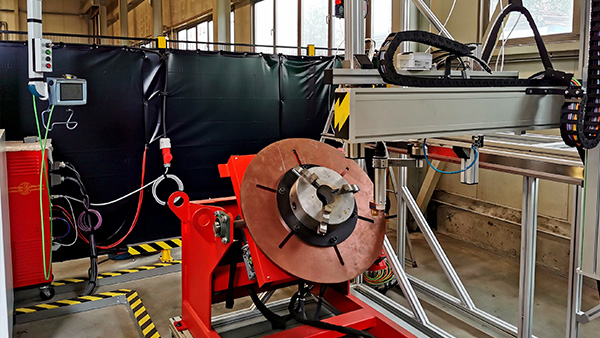
Laser cleaning and texturing the surface before nitriding process
- Cleaning and texturing a surface to be nitrided with lasers through ablative micromachining applications. As a result of this process we obtain high purity and surface defects in the crystalic structure of the steel surface, which increases the hardness of the nitrided part.
- Mechanical and chemical protection of places where protection against nitriding is required.
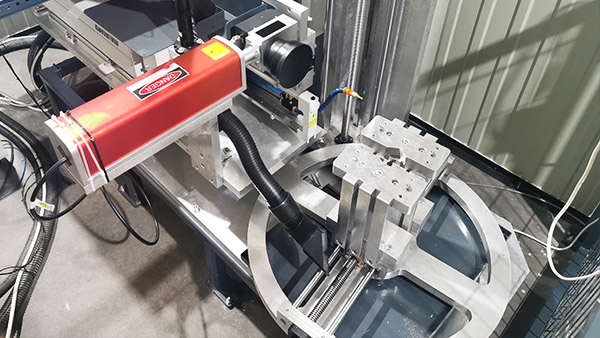
Gas nitriding
- The gas nitriding process is possible for all types of steel, including stainless and acid-resistant steels, as well as X22CrMoV12-1 (ST12T) high-alloy boiler steel intended for operation at increased temperatures up to 600℃ used in the power industry.
- The nitriding process is adjustable and laser surface preparation for gas nitriding enables for high hardness.
- Automatic inter-operational dimensional check with a 3D scanner
